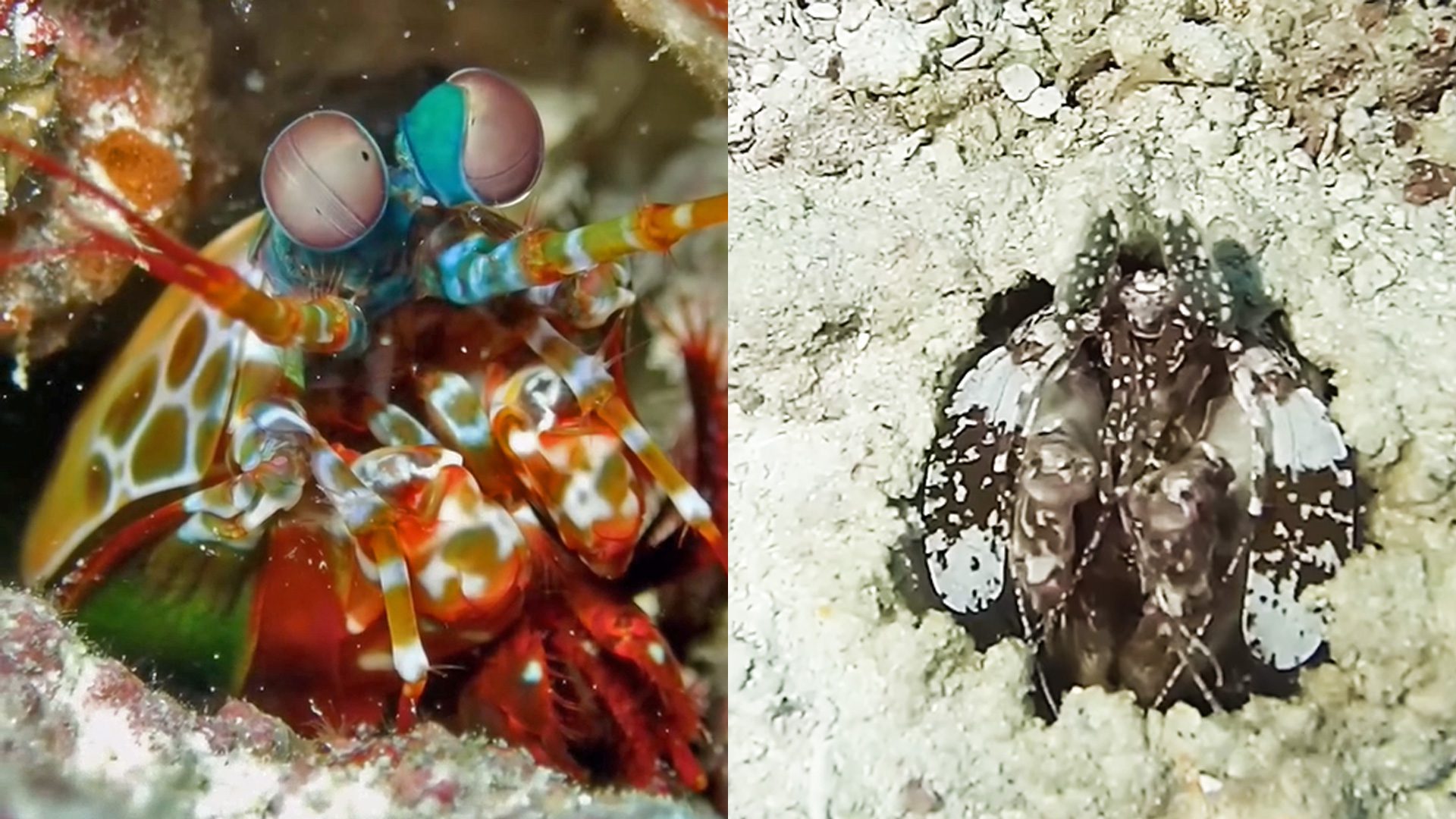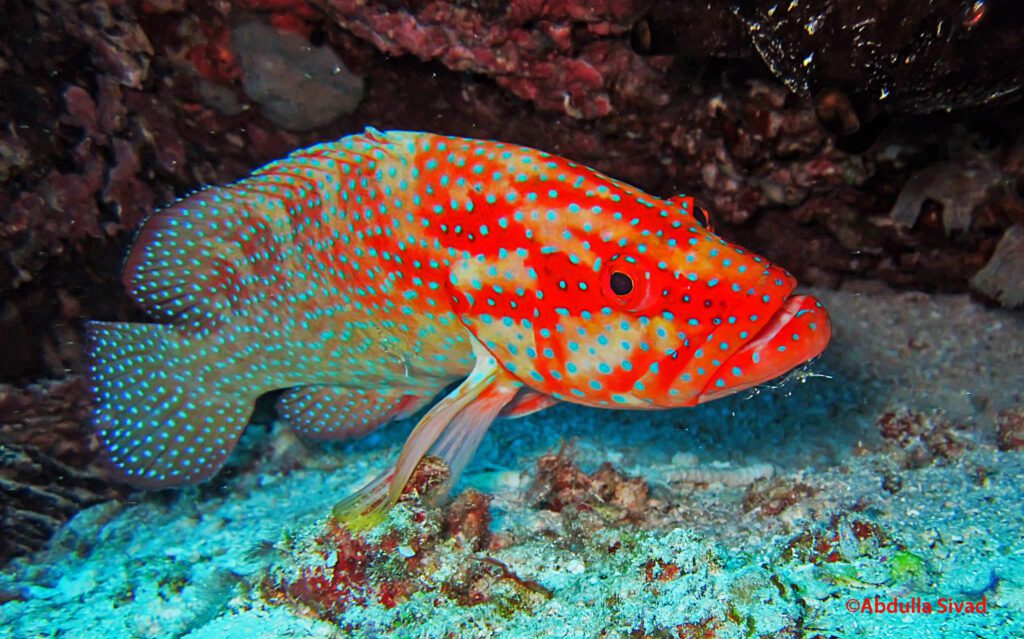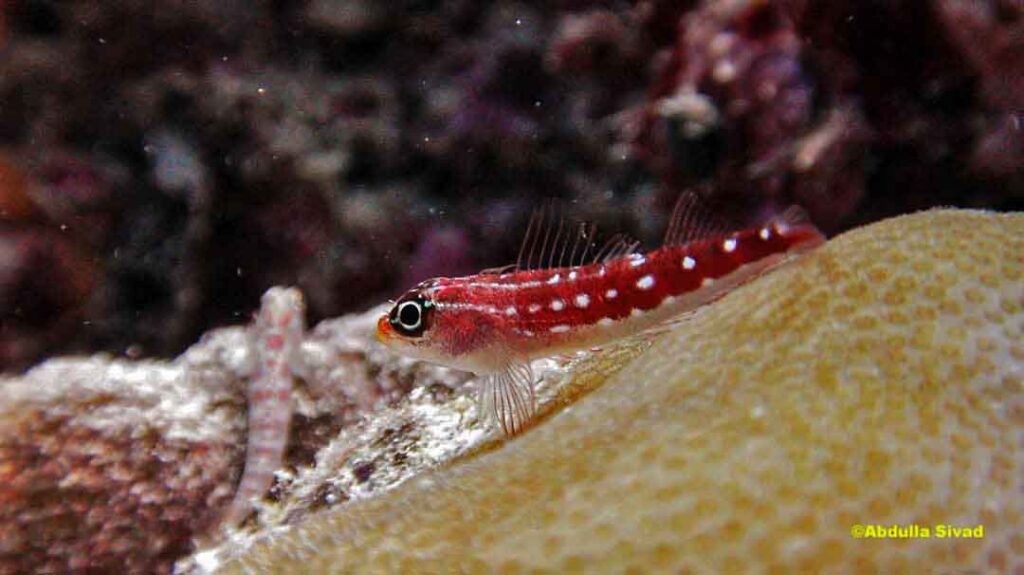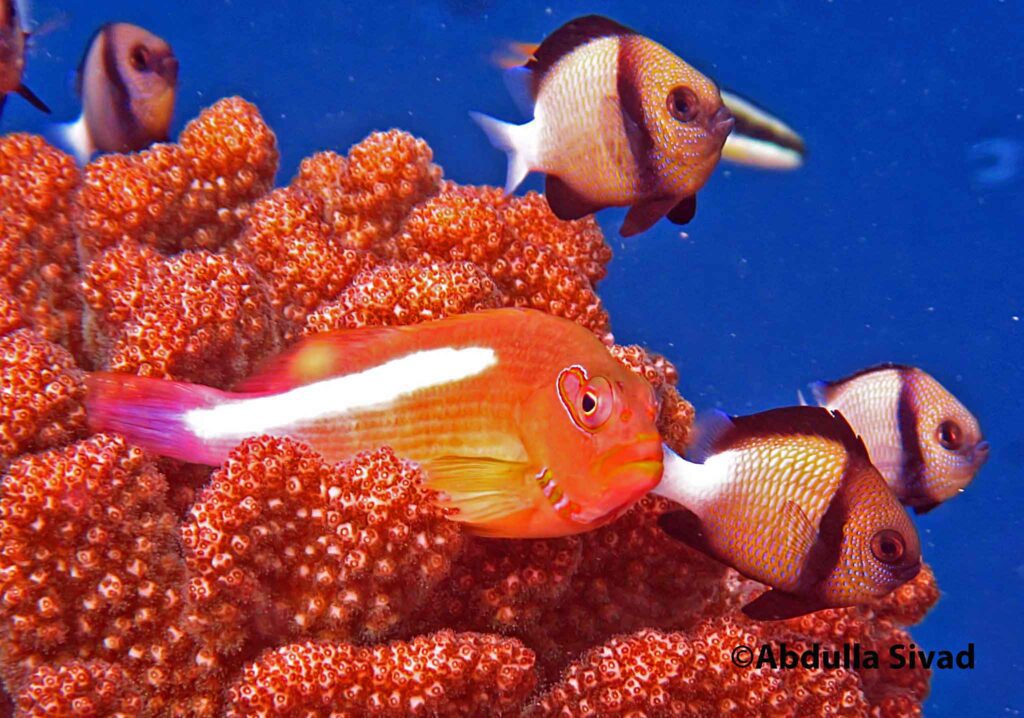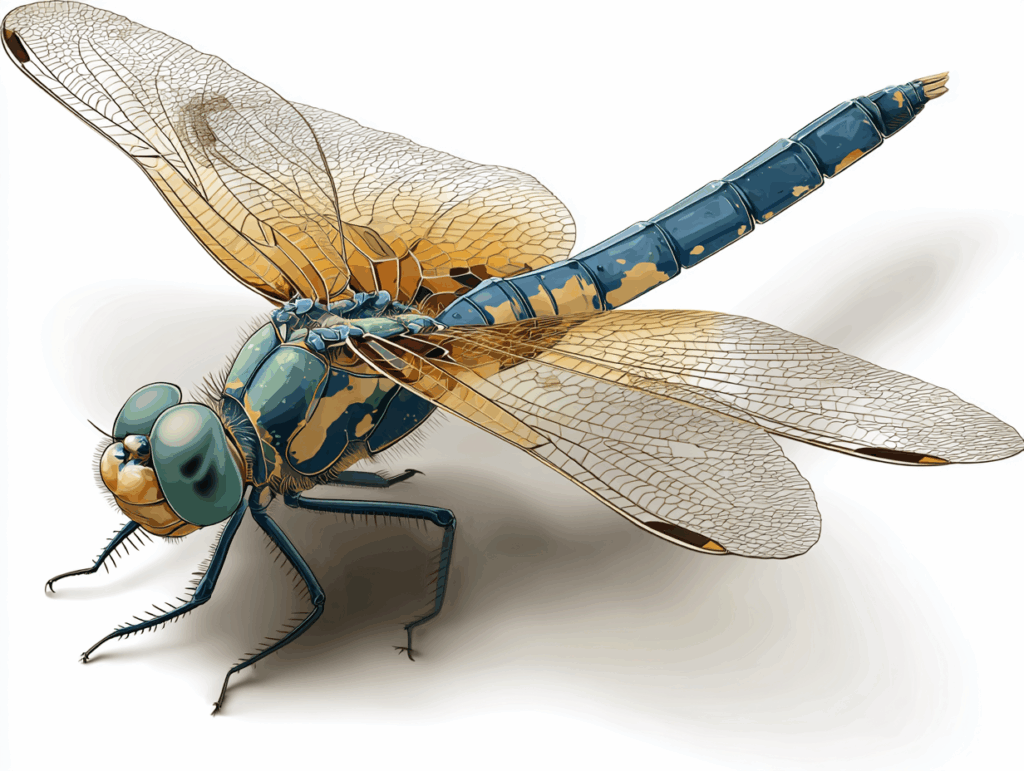
Common Name: Mantis shrimp
Scientific Name: Odontodactylus scyllarus
Type: Invertebrates
Diet: Carnivore
Size: Up to 16 inches long
Weight: Around 1.5 pounds
This is a series of articles I’ve chosen to publish under the title “Diver’s Lens.”
Using photos and videos taken by photographers or divers, these articles aim to provide scientific and species-related information about the Maldives.
The photographer or diver has granted permission for the publication of the photos and videos in these articles. Furthermore, we publish additional informative and scientific descriptions with the photographer’s or diver’s permission. In this article, I’ve chosen photos and videos of blennies from Sivad’s underwater treasure trove.
This shrimp is truly remarkable. Despite its small size, this shrimp holds many records. The fastest punch in the world belongs to this species. This creature can strike its victim fatally without suffering any physical harm (Castelvecchi, 2025).
Their forelimbs are unique. Researchers first identified this species’ powerful strike in the 1960s. They use their limb-like raptorial appendages, which come in a variety of shapes and serve a variety of functions, to catch and hold prey.
The hunting club has the shape of a spear. This can impale the prey and snare soft-bodied prey because it is sharp and has barbed spines. The club-like appendage shatters the prey’s hard shell.
The water “vaporises” when the strong limb lets loose its full force. The collapse of water bubbles results in implosion in the water, which generates heat, light, and sound, causing this vaporising effect.
The powerful strike phenomenon is described by scientists as functioning similarly to jackhammers.
Four stages resulted from the strike: the first appendage was struck, the first cavitation bubble collapsed, the second appendage was struck, and the second cavitation bubble collapsed. The entire process completes in less than 800 microseconds. The maximum force is 1500 N, which is more than 2500 times greater than the shrimp’s body weight.
Northwestern University in Illinois carried out a study in July 2025 to find out how these shrimp manage to survive the strong effects it releases. This intriguing phenomenon has a scientific basis.
The study’s co-corresponding author and bio-inspired material specialist, Horacio D. Espinosa, stated that the shrimp needed to be well protected. And the club’s durability, resistance to cracking, and shield’s treatment structure served as the foundation for his investigation.
The creature’s capacity to filter sound is the key to this phenomenon.
“We found it uses phonic mechanisms—structures that selectively filter stress waves,” said Espinosa. “This helps the prawn avoid soft tissue damage and maintain its striking ability over several impacts.”
Specially layered patterns cover the shrimp’s clubs. These patterns aid in sound filtering.
In the end, these patterns protect the creature from shockwaves that it produces on its own. This explains why the power of the punch generates a force similar to that of a 22-caliber bullet, which is approximately 1200 to 1750 feet per second. 22-calibre bullet.
In the animal kingdom, this species’ eyes are the most intricate. Their eyes are capable of detecting both polarised and UV light.
